Affiliate links on Android Authority may earn us a commission. Learn more.
The LG G7 ThinQ's MLCD+ display technology explained
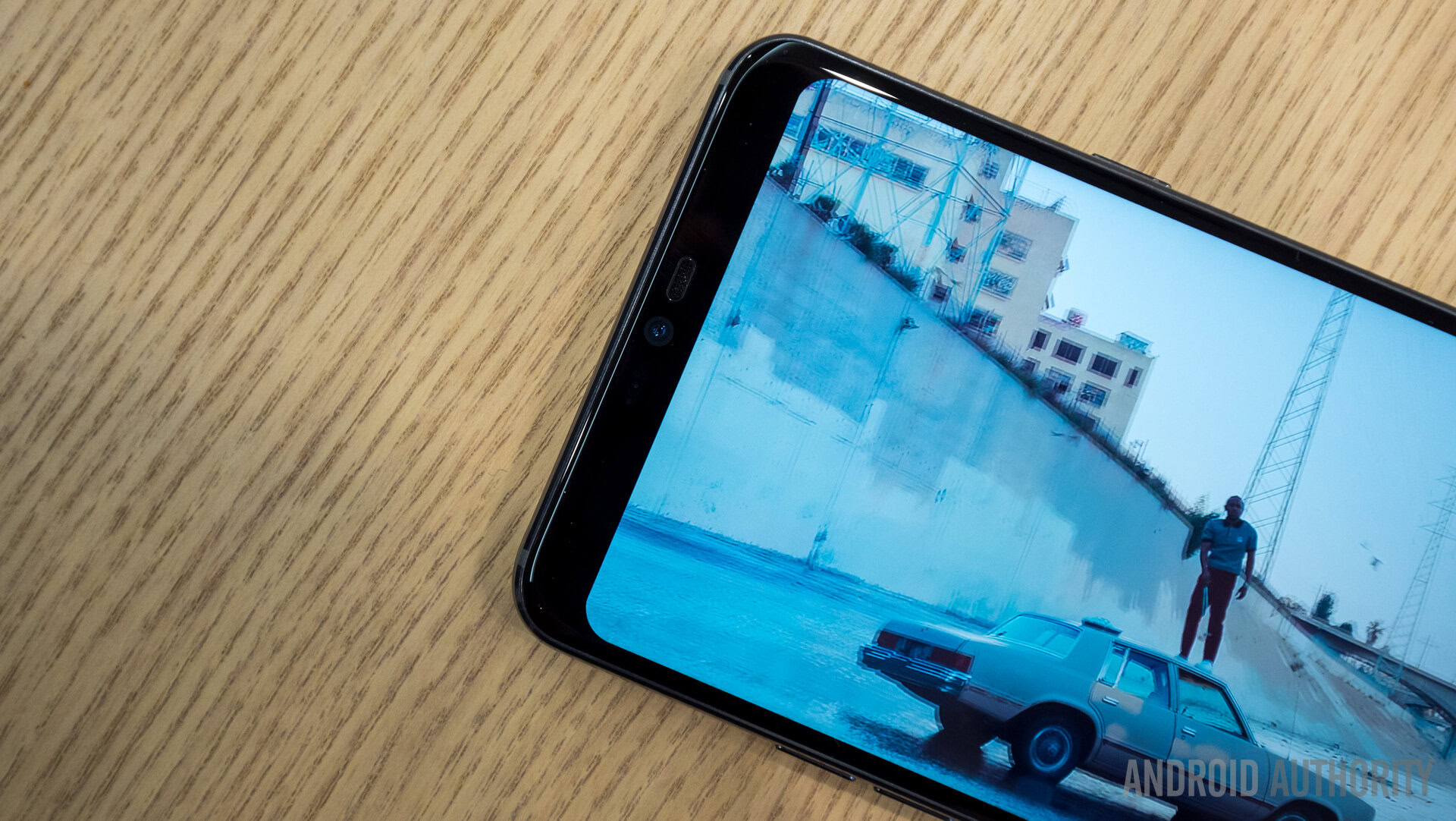
OLED vs LCD is a seemingly never-ending debate among smartphone enthusiasts, but the LG G7 ThinQ has just come along to derail the whole topic with its new MLCD+ display technology. The company seems to have already ditched LG Display’s revitalized POLED panels for something else it’s been quietly cooking up at its R&D labs.
We managed to nab an early look at the company’s MLCD+ technology during a tour of LG Display in South Korea last year. The technology has already appeared in large TV sized panels and a few older mobile products, but this is the first time LG has used it in a smartphone form factor, and we saw a few handsets sized demo units inside LG Display’s Paju showroom last year.
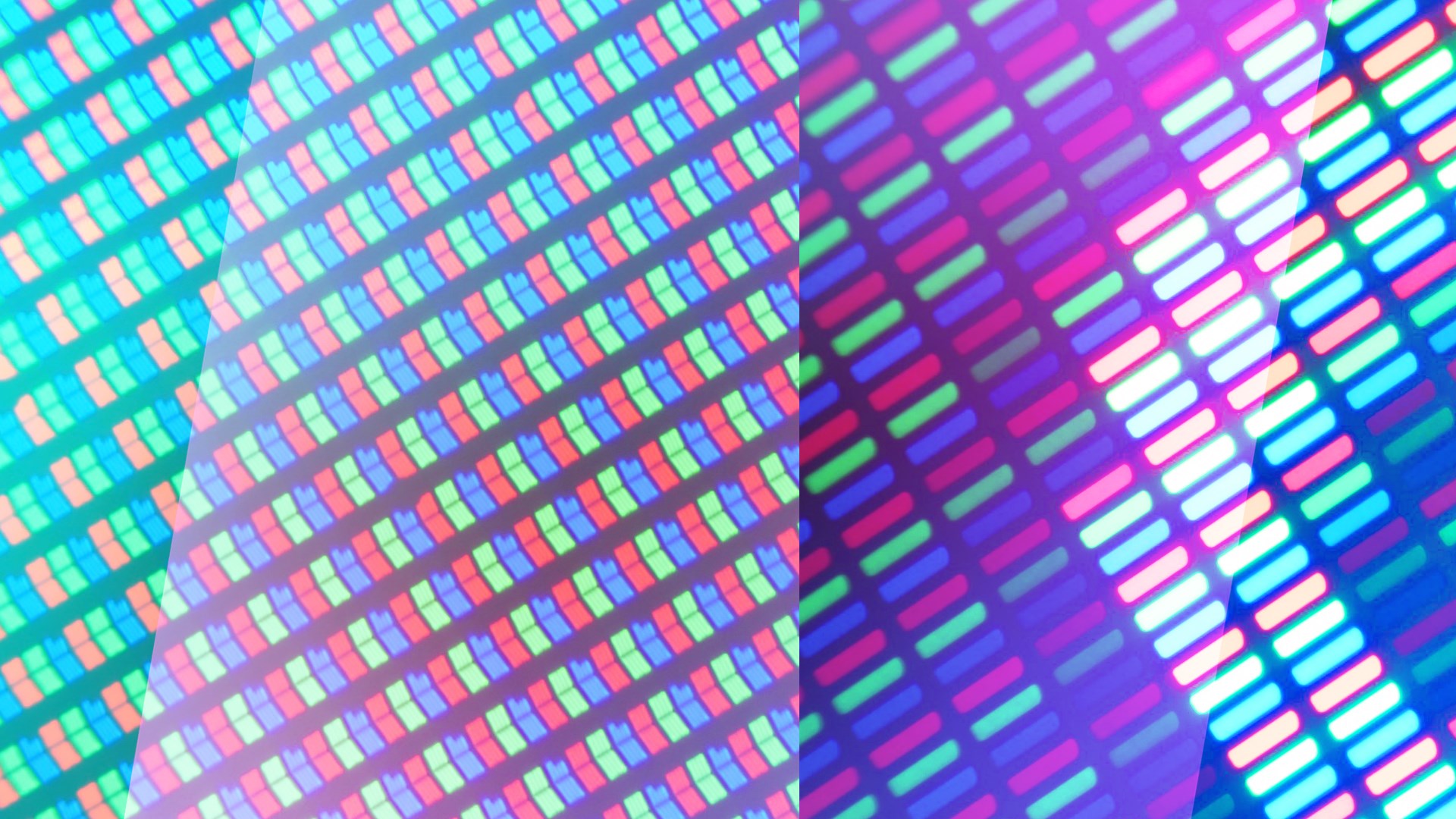
The white pixel outputs the panel’s backlight with only a liquid crystal light-polarizing layer on top to adjust brightness — there’s no color filter. LCD color filters are inherently inefficient and block some light output, wasting power and dimming the peak brightness.
To produce a white output on an LCD panel means filtering white light through 3 color filters, each blocking two-thirds of the spectrum, and then recombining the output. It’s hugely wasteful. With a dedicated white pixel, MLCD+ can turn the backlight panel down and still produce more visible white light than a traditional RGB LCD panel, which saves on power. You can also turn the backlight up to boost the peak brightness to new heights.
With a dedicated white pixel, MLCD+ can turn the backlight panel down and still produce more visible white light than a traditional RGB LCD panel.
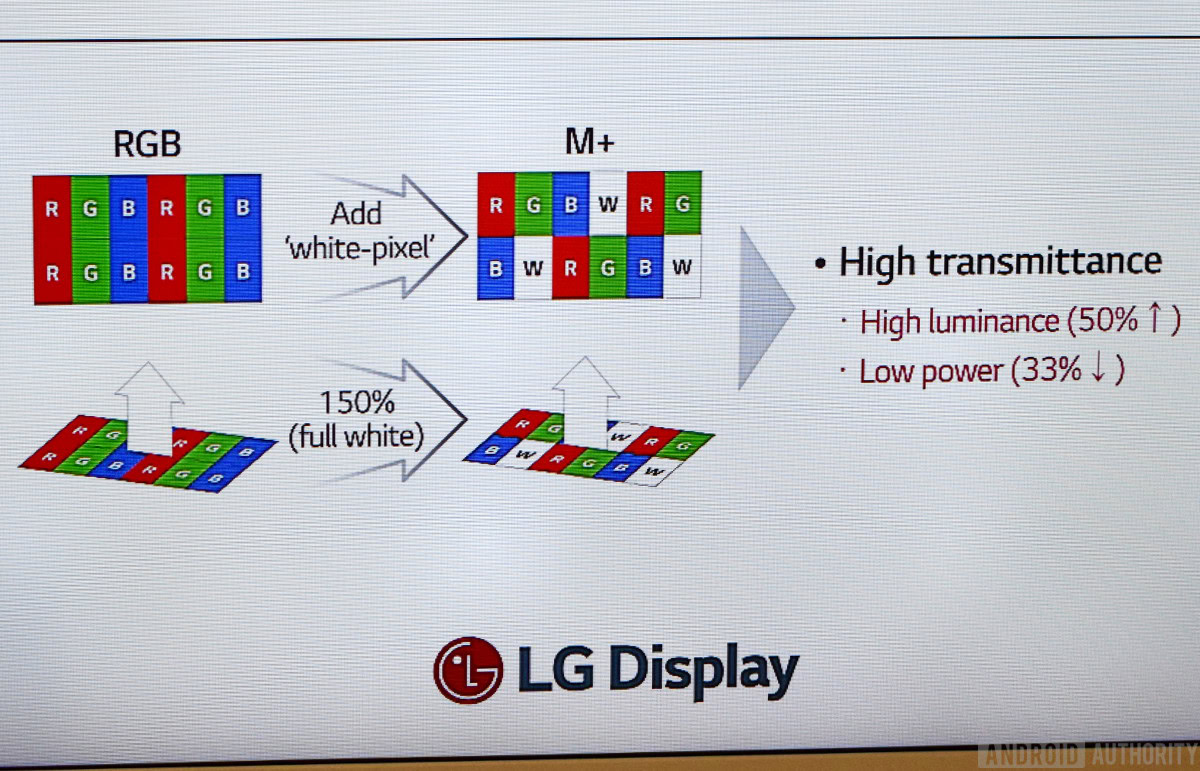
Resolution? It’s complicated
The graphic above demonstrates where LG Display includes this additional white pixel — it’s included as a fourth element in a traditional RGB pixel stripe. Each full color pixel in a MLCD+ panel consists of RGBW sub-pixels, rather than just RGB.
This has implications for subpixel density for a specified panel resolution. The subpixel sizes could be made smaller to increase the total number, but that partially defeats the point of trying to improve peak brightness as smaller pixels are dimmer. Alternatively, the subpixel could be kept the same size, but with less red, green, and blue pixels in the display. In theory that would lead to a lower resolution.
We don’t know what LG Display actually did for the G7’s panel yet, so we don’t want to imply any resolution fudging. Secondly, it’s not actually sub-pixel count that defines resolution — you need only look at Samsung’s AMOLED PenTile sub-pixel layout to see that’s not the case. Instead, the International Committee for Display Metrology’s (ICDM) display measurement standard says to include contrast modulation as the defining factor. In other words, how well a panel can resolve fine detail, high-contrast content.
So as long as the LG G7’s 3,120 x 1,440 MLCD+ panel is sharp enough to resolve that resolution with a contrast modulation above 95 percent, it’s essentially a match for anything else touting a similar resolution. RGBW sub-pixel designs meet the criteria for displaying 4K content, so the G7’s panel shouldn’t have a problem. Remember, at this high of a pixel density, we’re well past the point of discerning individual pixels with the naked eye, making this technology a great fit for smartphones.
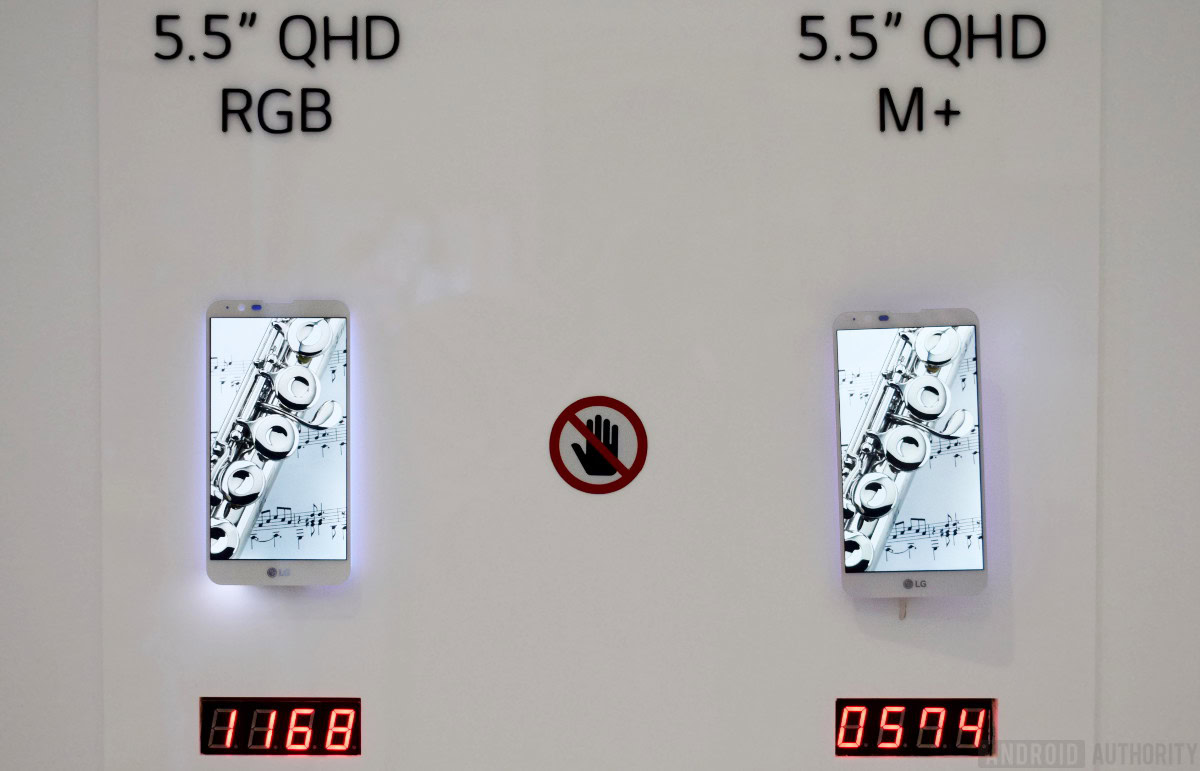
Reducing power consumption
While LG is busy marketing the high brightness of the G7’s new display, the real benefit of the new MLCD+ panel is battery consumption. That’s tougher to sell to consumers with meaningful numbers, but those concerned about the combination of a high-resolution display and so-so sized 3,000mAh battery needn’t fret.
Those concerned about the combination of a high-resolution display and so-so sized 3,000mAh battery needn't fret.
As we mentioned before, using white pixels results in a brighter display or the ability to achieve the same brightness as a traditional panel at a lower power cost. LG Display engineers told us power consumption is lower than OLED displays too, which might have been part of the decision to pick this tech over the POLED panel the company used in the V30. Colors need to be carefully managed due to the extra white pixel, especially as the panel brightness changes. Fortunately, we haven’t noted any obvious issues with the LG G7’s display during our time with it so far.
The small demonstration we saw in Paju showcased regular LCD and MLCD+ panels side by side at the same brightness. The MLCD+ panel consumed about half the LCD panel’s power. This demo was mostly on a white background, where the power benefits of MLCD+ are most pronounced, so other more colorful scenarios won’t see quite the same savings. LG Display’s MLCD+ targets a 33 percent typical energy efficiency improvement over regular LCD displays. The display consumes more power than any other smartphone component and web browsing is one of the most common tasks, so this could add up to some notable battery life improvements for the G7.

Wrap up
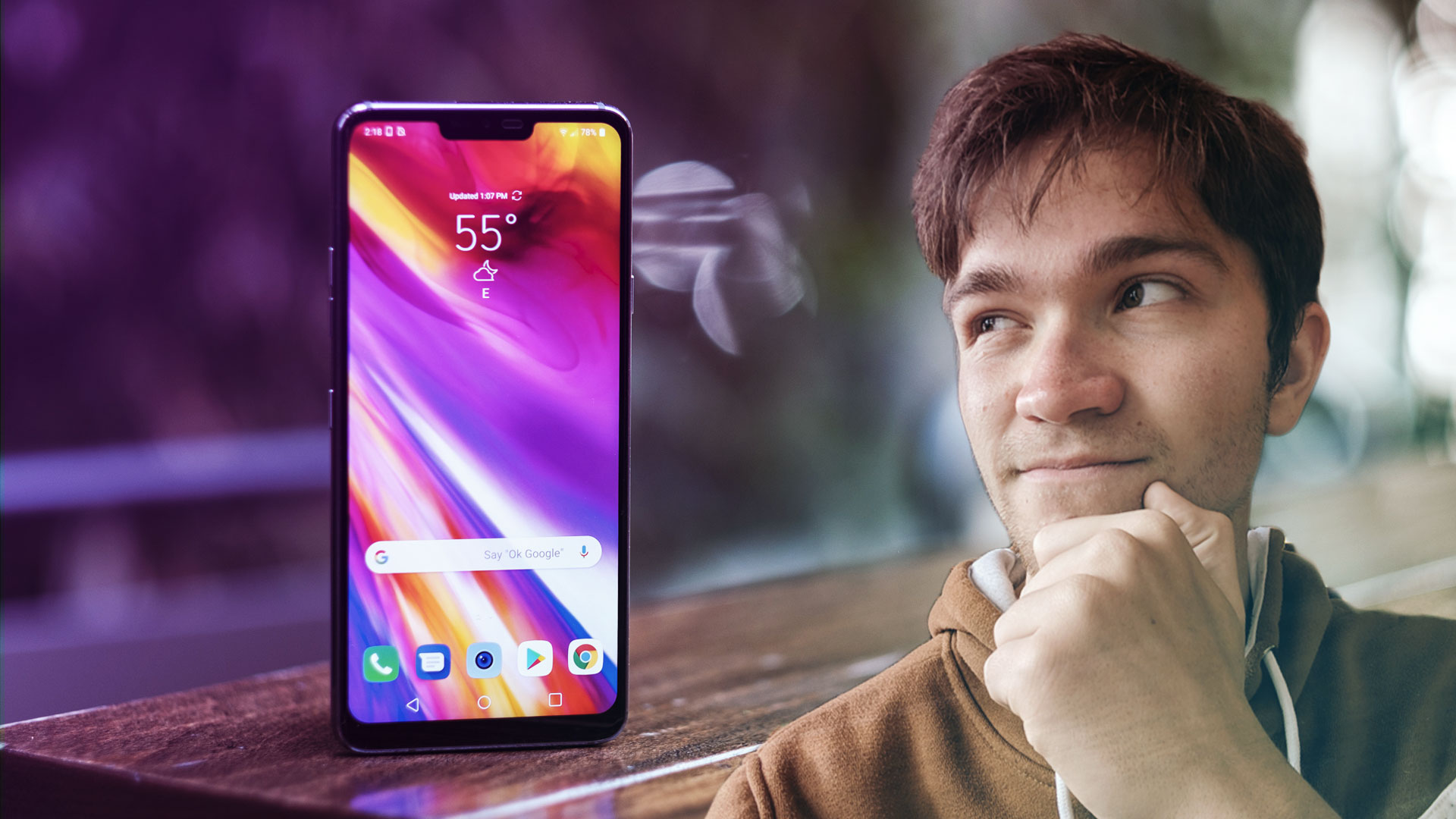
RGBW sub-pixel displays are well suited to smartphones. Phones can benefit from the extra battery life and the displays are small enough to sacrifice some pixels for an alternative function without a perceivable difference to fine details. We’ll let you know our final thoughts on the LG G7’s display once we’ve spent some more time with it.
In the meantime, what do you think about LG’s move to another new display technology? Sound off in the comments below!